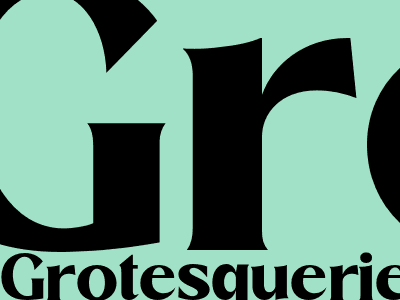
Grotesquerie: A Comprehensive Analysis
An In-depth Exploration of the Genre
Grotesquerie, a genre that blends elements of the macabre, the bizarre, and the humorous, has captivated audiences for centuries. This genre subverts conventional norms and challenges societal expectations, often through the use of grotesque imagery and absurd situations. In this comprehensive analysis, we will delve into the defining characteristics, origins, and cultural significance of grotesquerie.Defining Characteristics of Grotesquerie
Grotesquerie is characterized by its distinctive blending of the monstrous and the comical. Grotesque figures are often physically deformed, exaggerated, and grotesque in appearance. They embody the grotesque aesthetic, which celebrates the unusual, the abnormal, and the grotesque. This genre often employs satire and irony as devices to critique social conventions and human nature.
Grotesque imagery has long been used to explore themes of mortality, decay, and the human condition. From the gargoyles adorning Gothic cathedrals to the grotesque paintings of Hieronymus Bosch, grotesquerie has been used to express both fear and fascination with the macabre.
Origins of Grotesquerie
The term "grotesque" originated in the Renaissance, when artists rediscovered and were inspired by the ancient Roman wall paintings found in subterranean chambers, which were called "grottoes." These paintings depicted fantastic creatures and bizarre scenes, which captivated the imagination of Renaissance artists. Grotesquerie quickly became a popular artistic and literary genre, used to decorate palaces, churches, and other buildings.
Grotesque imagery has also been found in cultures around the world, from the grotesque masks of Native American cultures to the grotesque sculptures of Japanese art. This suggests that grotesquerie is a universal expression of human creativity and imagination.
Cultural Significance of Grotesquerie
Grotesquerie has played a significant role in the development of art, literature, and culture. It has influenced the works of writers such as Edgar Allan Poe, H.P. Lovecraft, and Franz Kafka, and has been used to explore themes of alienation, identity, and the human psyche.
In contemporary culture, grotesquerie continues to be a source of inspiration and exploration for artists and creators. It is used to challenge social norms, critique human behavior, and create unique and thought-provoking works.